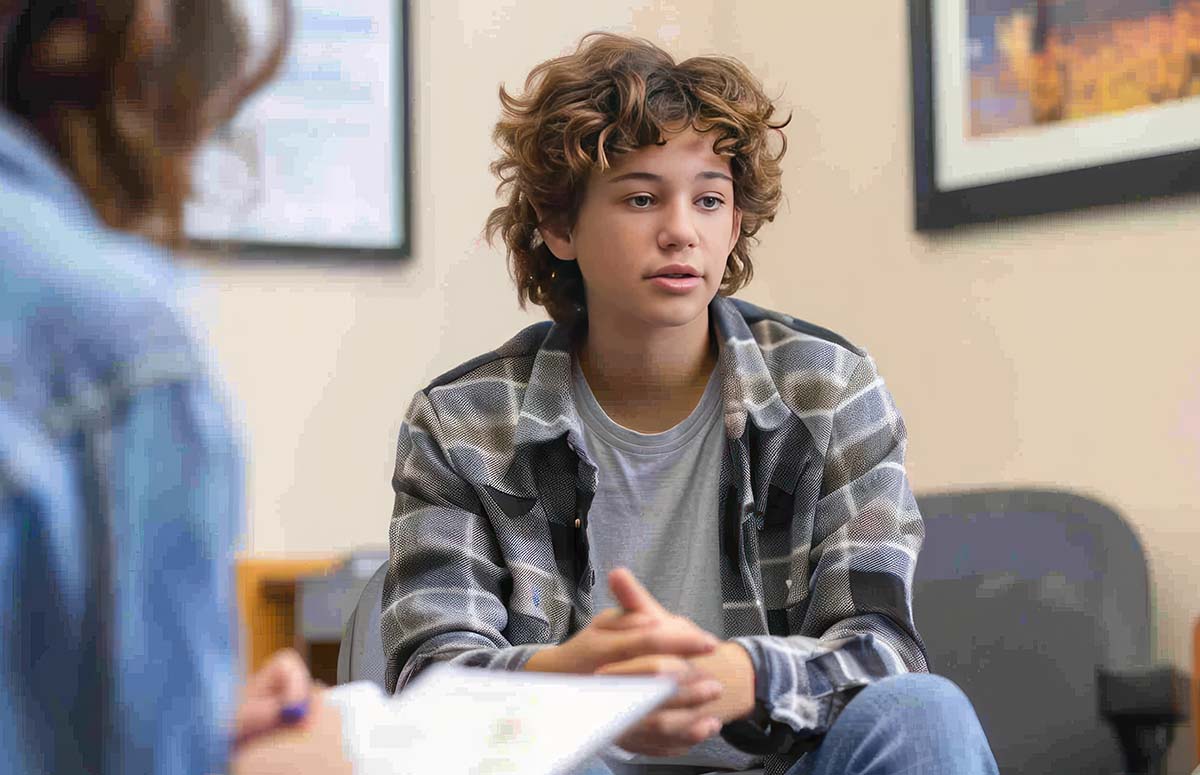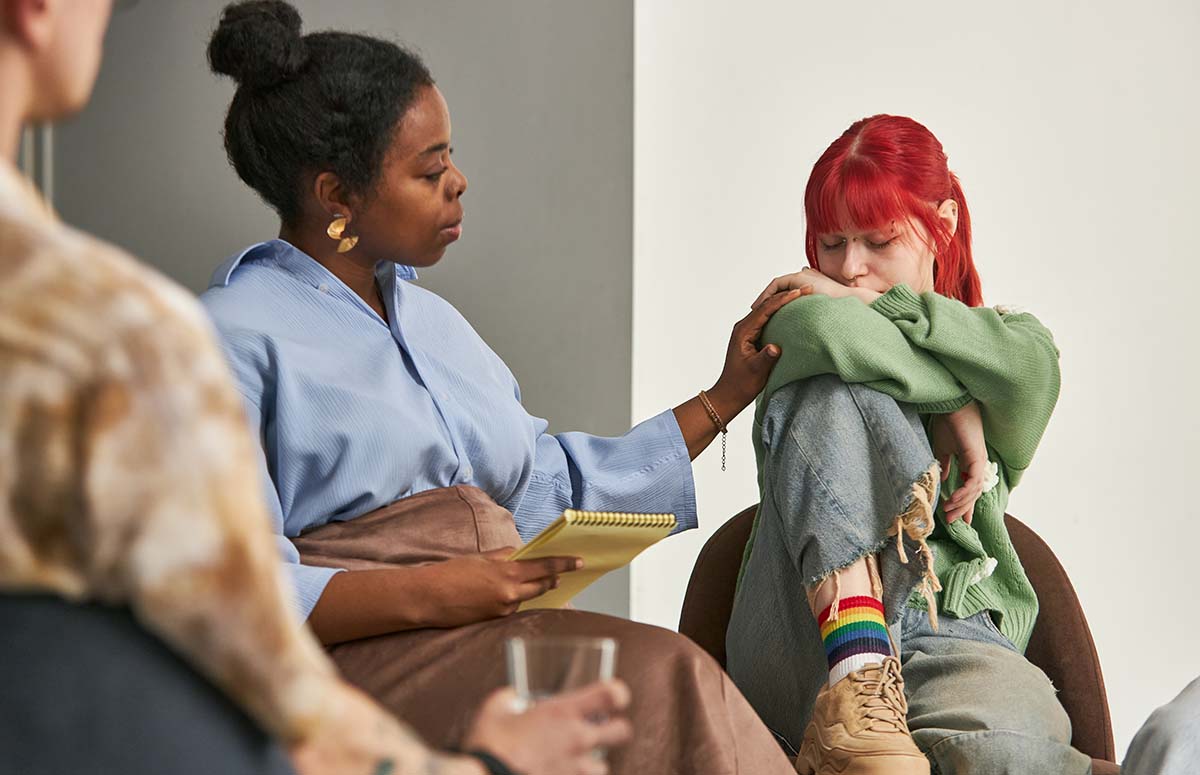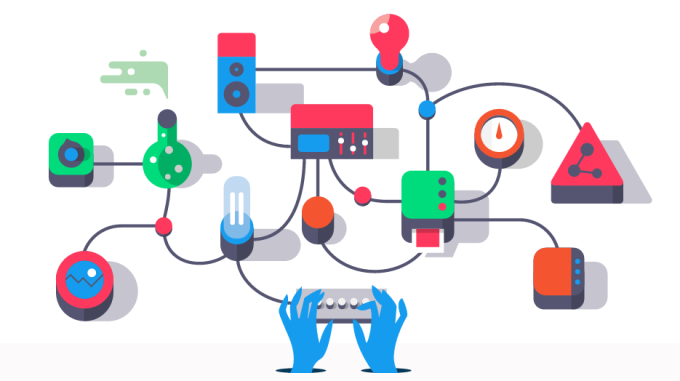Scottsdale vs. Phoenix: What’s the Best Teen Outpatient Program for Your Family?
Parents in Scottsdale and the Phoenix area looking for the right outpatient treatment for their teens often find themselves choosing from a variety of programs from traditional outpatient counseling to more structured options, such as a teen intensive outpatient program or partial hospitalization.
Outpatient programs in Scottsdale typically offer more personalized, structured day programs that combine intensive therapy with the flexibility for teens to return home each day.
In contrast, Phoenix-area programs tend to offer greater accessibility and a wider range of services.
Choosing between the two isn’t just about convenience; it’s also about finding the type and intensity of care that best meets the family’s needs.
Finding a program that aligns with a teen’s individual needs is crucial, especially when considering factors such as mental health issues, trauma, or substance use. Scottsdale facilities are recognized for their focus on evidence-based practices and tailored care.
In contrast, Phoenix-area centers may appeal to families seeking diverse program formats and treatment models across a larger metro region.
Key Takeaways
- Scottsdale offers structured, individualized outpatient care options.
- Phoenix-area programs provide variety and greater accessibility.
- Choosing the right program depends on each teen’s unique needs.
Key Differences Between Scottsdale and Phoenix‑Area Teen Outpatient Programs
Differences between Scottsdale and Phoenix-area teen outpatient programs often come down to program intensity, services offered, and how therapy is delivered.
Some centers may offer specialized treatment models or focus more on specific therapeutic methods, which can affect the results for young people and their families.
Levels of Care: IOP vs. PHP in Scottsdale and Phoenix
Scottsdale and Phoenix both offer Intensive Outpatient Programs (IOP) and Partial Hospitalization Programs (PHP), but the structure and time commitment can vary.
In Scottsdale, PHPs for teens often involve a full day of treatment, typically five days a week.
Teens attend therapy, activities, and skill-building sessions during the day and return home at night.
Phoenix-area PHP options operate similarly but sometimes incorporate more flexible scheduling or integrate academic support, which may benefit families balancing school commitments.
IOPs in both regions tend to offer afternoon or evening groups, allowing teens to continue attending school or extracurricular activities.
Scottsdale outpatient centers may focus on building coping skills in small group settings, while Phoenix programs are sometimes larger, drawing teens from a wider area for group therapy and support.
Types of Therapy and Services Provided
Both Scottsdale and Phoenix-area providers offer a mix of group, individual, and family therapy.
However, there are differences in additional services. Scottsdale programs often highlight therapies for trauma, substance use, and anxiety.
Centers may offer creative therapies, such as art or mindfulness-based modalities.
Families frequently participate in weekly sessions to reinforce coping skills at home.
Phoenix-area programs provide similar core therapies but may include access to additional support groups, peer mentorship, or targeted services for specific issues like substance use disorders.
Some clinics in Phoenix offer specialized care for young adults transitioning out of adolescence, giving older teens more options as their needs evolve.
Treatment Approaches and Modalities
Therapeutic approaches in these regions share similarities, relying on evidence-based practices like cognitive behavioral therapy (CBT) and dialectical behavior therapy (DBT).
Scottsdale outpatient centers sometimes emphasize individualized care plans and may offer more adjunctive therapies that appeal to families seeking a holistic approach.
In the Phoenix area, some centers prioritize group-based therapy and structured skill-building sessions, encouraging peer interaction and social learning.
PHP treatment programs may integrate psychiatric evaluation and medication management, especially for teens with complex needs.
Both locations strive for family involvement, but the methods for including parents and support systems can differ across providers.
Most programs use a blend of these modalities, but the balance between group and individual services, as well as the use of complementary therapies, may influence a family’s decision based on a teen’s diagnosis and preferences.
Selecting the Right Outpatient Program for Your Teen
Choosing an outpatient program for a teen near Scottsdale or the wider Phoenix area involves careful consideration of treatment methods, financial aspects, and the possibility of future care transitions.
Programs vary in how they tailor support, handle insurance, and provide a pathway between different levels of treatment.
Individualized and Personalized Treatment Options
Effective outpatient programs design treatment plans around each teen’s specific needs, taking into account factors such as depression, anxiety, trauma, and mood disorders.
Providers assess a teen’s history, current challenges, and goals to determine the best mix of therapies and services.
Many Scottsdale and Phoenix-area programs offer a blend of individual therapy, group therapy sessions, and family therapy.
Modalities like CBT (cognitive behavioral therapy), DBT (dialectical behavior therapy), art therapy, and music therapy are commonly available.
Medication management and case management support may be included for more complex cases.
Look for programs that emphasize evidence-based therapies and provide regular progress updates.
Ask about how staff coordinate care and share information with families.
Transitioning Between Levels of Care
Teens may need different levels of support throughout their recovery journey.
Outpatient programs should have clear protocols for helping families transition between outpatient, partial hospitalization, and residential treatment if needed.
Care coordination and case management help ensure there are no gaps when changing levels of care.
Strong programs offer psychoeducation and support for parents as teens step up or down in care intensity.
Some centers in Scottsdale work closely with local residential programs to smooth these transitions.
Look for programs that outline their approach for handling relapses or setbacks and for providing ongoing support after discharge to support lasting recovery and maintenance of coping skills.
Conclusion
Scottsdale’s teen outpatient programs offer a variety of structured options, including Intensive Outpatient (IOP) and Partial Hospitalization Programs (PHP), designed to address both mental health and substance use.
Compared to Phoenix-area options, Scottsdale programs emphasize flexibility, individualized care, and integration with daily routines.
Phoenix also provides a broad range of services but may vary in approach and intensity.



















